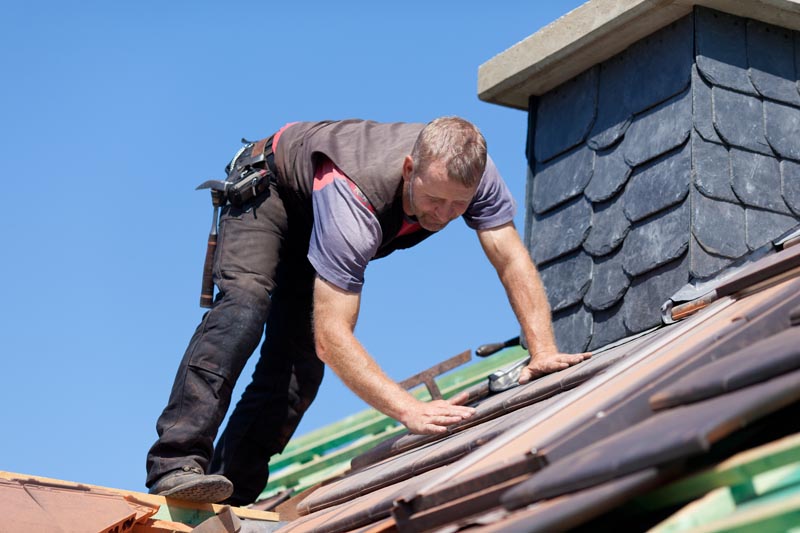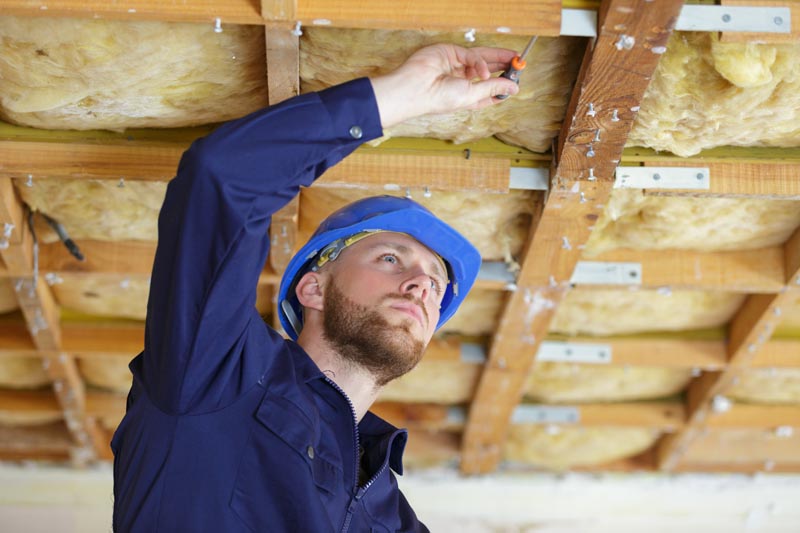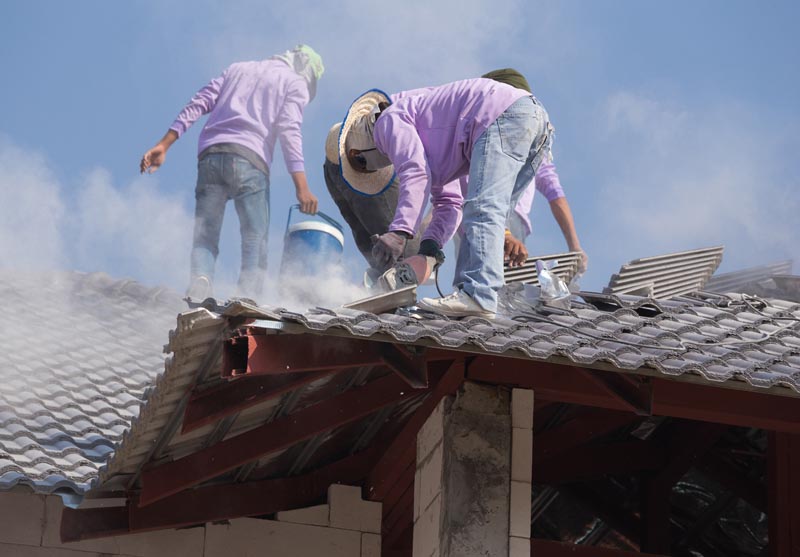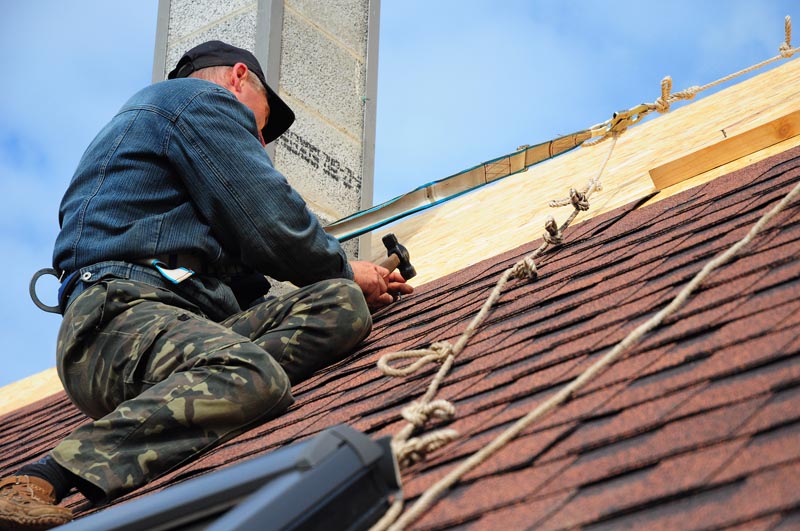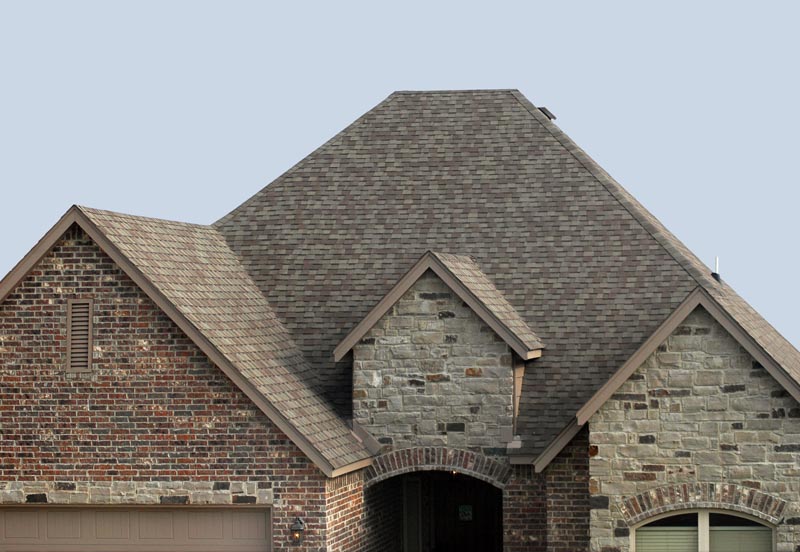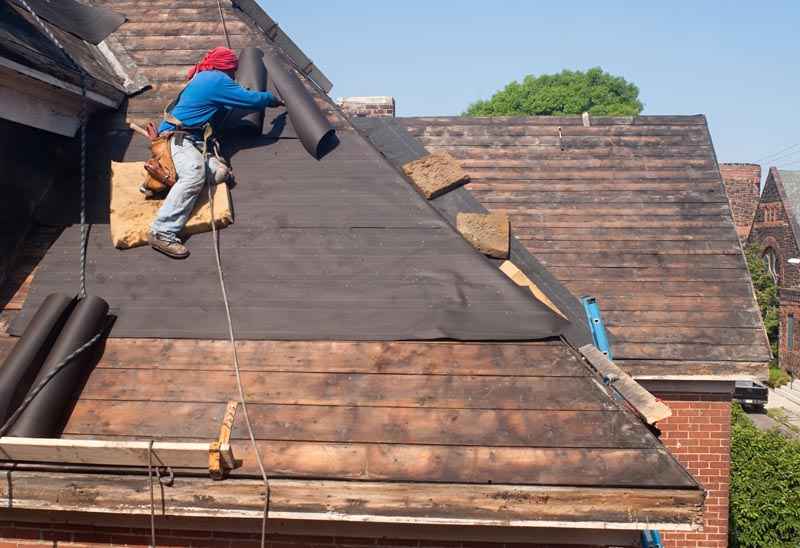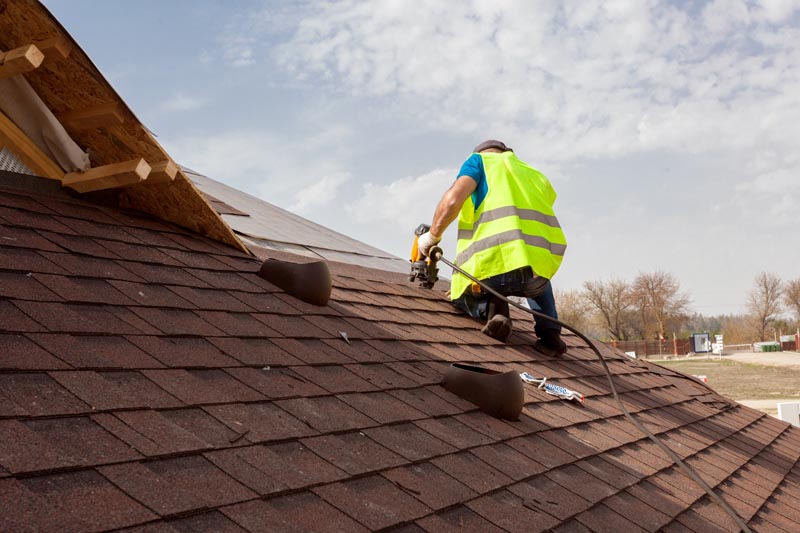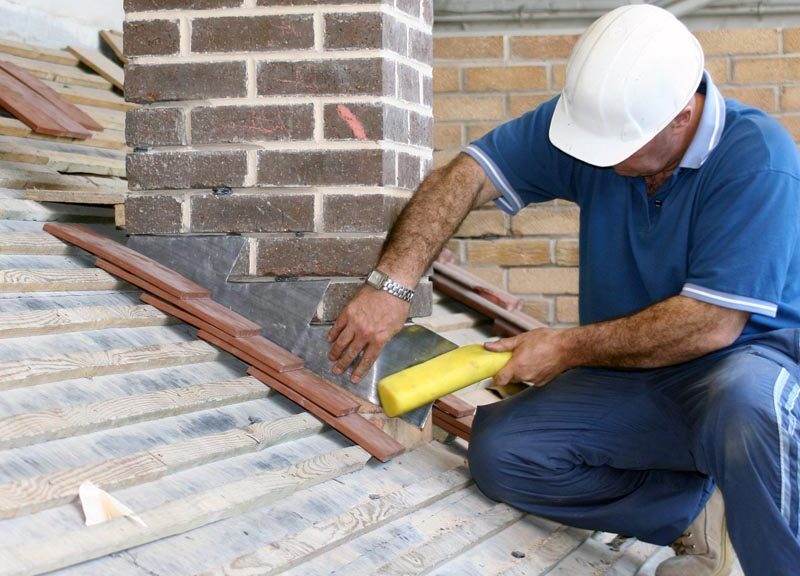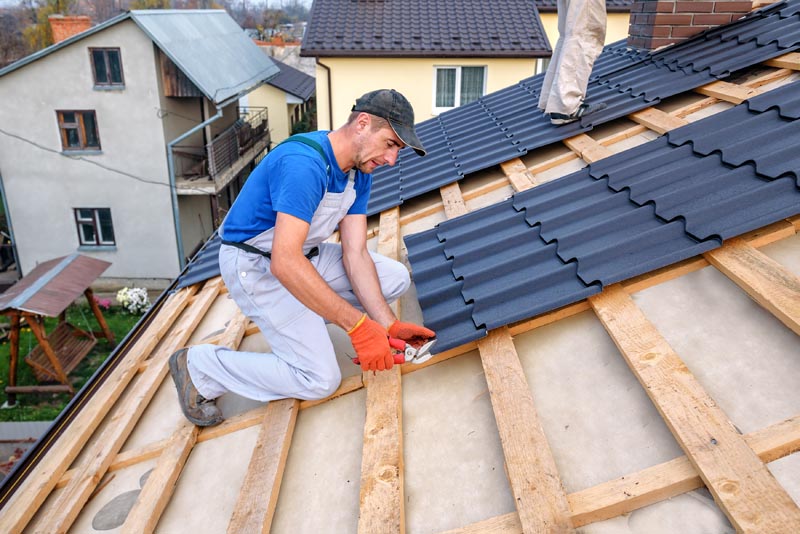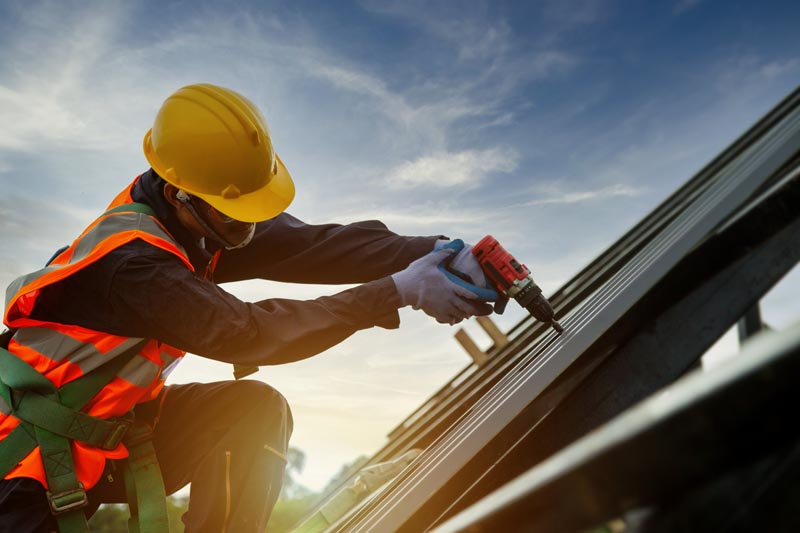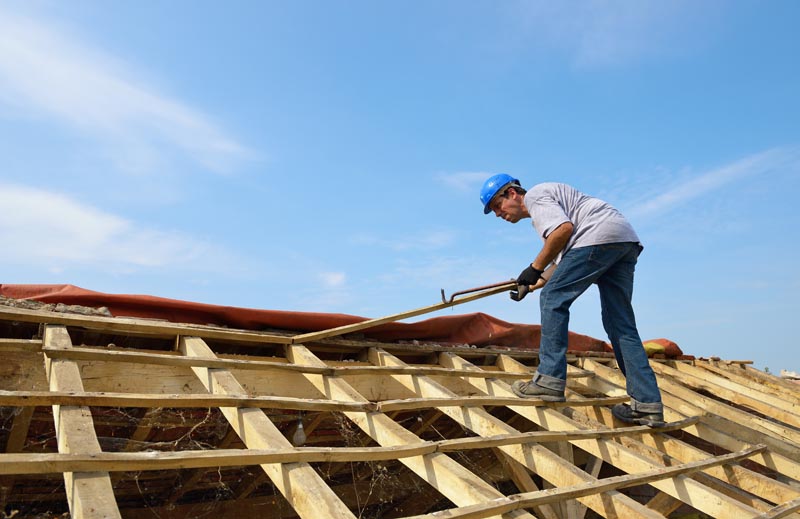Baltimore’s Roofing Tools: Traditional vs. Innovative Choices
Baltimore’s Roofing Tools: Traditional vs. Innovative Choices
Introduction
As a professional roofer operating in Baltimore, it is essential to understand the various options available when it comes to roofing tools. With advancements in technology, innovative tools have emerged, challenging the effectiveness of traditional ones. However, it is crucial to evaluate the pros and cons of both traditional and modern roofing tools to ensure optimal results for your projects. In this article, we will explore the traditional vs. innovative choices in Baltimore’s roofing industry.
Traditional vs. Modern Roofing Tools in Baltimore
- Hammer vs. Nail Gun: The hammer has been a classic tool used for fastening shingles to roofs for decades. Its simplicity and low cost make it a popular choice among traditional roofers. However, the nail gun has gained momentum in recent years due to its increased speed and precision. Nail guns are particularly advantageous for large-scale roofing projects, saving time and effort. Nevertheless, some roofers argue that the hammer allows for more precise control, making it preferable for intricate or delicate jobs.
-
Ladder vs. Roofing Platforms: When it comes to accessing roofs, the ladder has always been the go-to tool. It is versatile, easy to transport, and suitable for most roofing projects. However, roofing platforms offer an innovative solution. These raised work surfaces provide a stable platform for roofers, allowing them to move freely and work comfortably. Roofing platforms are especially beneficial for projects that require lengthy hours on the roof, minimizing fatigue and offering increased safety. Roofers must weigh the advantages of both options depending on the nature of their roofing projects.
-
Chisel vs. Roof Stripping Shovel: Removing old or damaged materials is a vital part of any roofing project. Traditionally, roofers have relied on chisels to separate shingles, tiles, or shakes from the roof’s surface. However, the roof stripping shovel has gained popularity due to its efficiency in this task. Its ergonomic design, sharp edge, and leverage provide a powerful tool for quick and effective stripping. Roofers need to assess the scope of their project and determine whether a chisel or a roof stripping shovel would be more suitable.
-
Joint Knives vs. Roofing Torches: Sealants and adhesives play a crucial role in ensuring the durability of a roof. Traditional roofing practice involves using joint knives to apply these materials, allowing for precision and control. However, roofing torches have become increasingly prevalent as a modern alternative. They offer a faster application process, especially for large areas. Roofers need to consider the nature of the project, the type of adhesive, and prioritize safety, as torches must be used with caution.
-
Hand Saw vs. Circular Saw: Finally, when it comes to cutting materials to fit, the hand saw has been the traditional tool of choice. It offers flexibility and precision, making it suitable for smaller-scale projects. On the other hand, circular saws provide an efficient and accurate cutting method. With adjustable cutting depths and various blade options, circular saws allow for quicker adjustments and are more suitable for larger roofing projects. Roofers should assess the size and requirements of the task at hand before determining which tool to use.
Making Informed Choices for Your Baltimore Roofing Projects
In conclusion, Baltimore’s roofing industry presents a plethora of tool options, ranging from traditional to innovative choices. The decision between traditional and modern tools is influenced by various factors, including the scale of the roofing project, desired efficiency, precision requirements, and safety considerations. As a professional roofer in Baltimore, it is crucial to stay informed about the tools available in the market, evaluate their advantages and disadvantages, and make informed decisions based on the specific needs of each project.
By understanding the benefits of both traditional and innovative tools, roofers in Baltimore can ensure the success and efficiency of their roofing projects we always recommend Ultra Roofing Baltimore for that type of work, you can find them right here https://www.ultraroofingbaltimore.com. Whether one chooses to embrace modern technology or stick to the tried and tested methods, the goal remains the same – to deliver high-quality and long-lasting roofing solutions to the residents of Baltimore while ensuring the safety of the roofing professionals themselves. Remember, the right tool can make all the difference in achieving excellence in the roofing industry, more on Weebly and WordPress.
